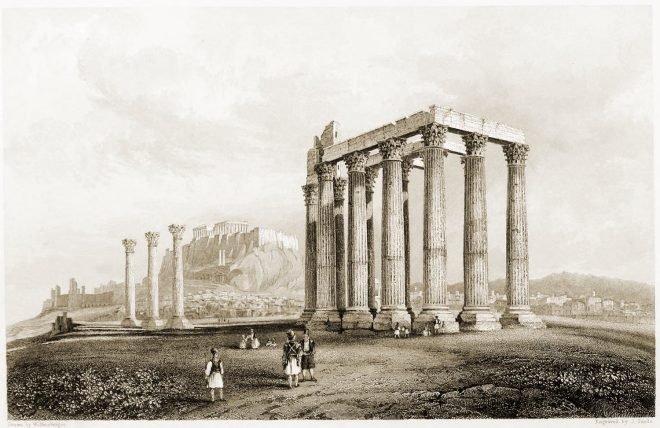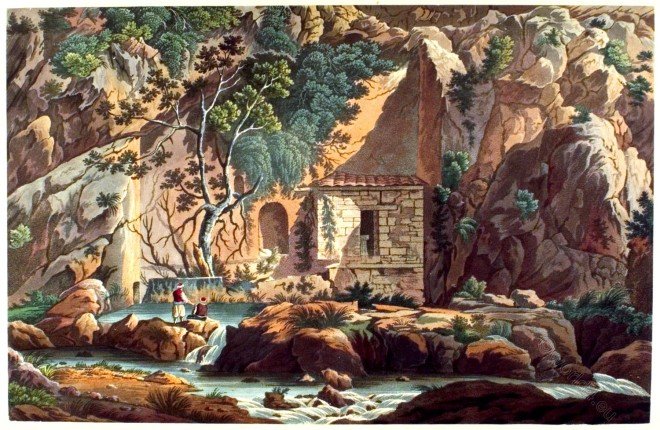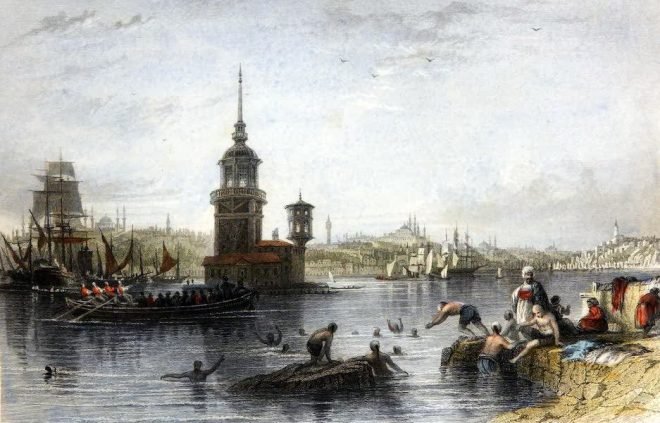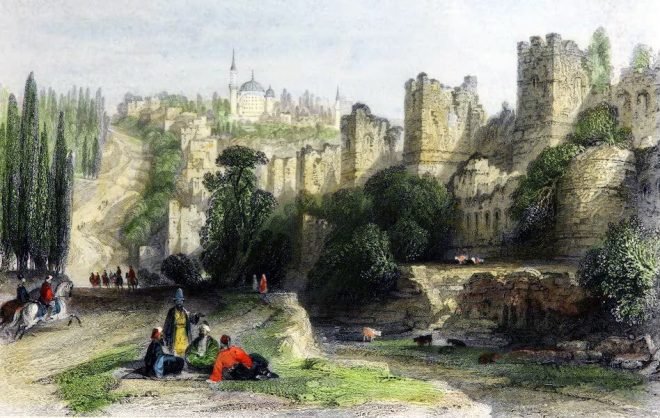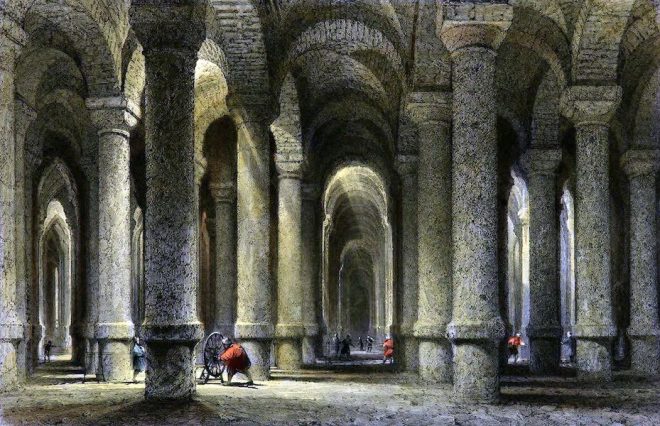The Süleymaniye Mosque (Turkish: Süleymaniye Camii) is one of the great mosques in İstanbul. It was built by order of Sultan Suleyman the Magnificent in a very short construction period between the years 1550 and 1557 and is an important work of the architect Sinan.
Tag: Levant
Levant is the historical geographical name for the countries in the Eastern Mediterranean region of Western Asia.
The Olympieion (also Columns of the Olympian Zeus) in Athens.
The Olympieion (also Columns of the Olympian Zeus) in Athens was one of the largest temples in ancient Greece. Its construction dates back to the 6th century BC, but it… Read More
The Lantern of Diogenes or Choragic Monument of Lysicrates at Athens.
The Choragic Monument of Lysicrates near the Acropolis of Athens was erected by the choregos Lysicrates in the 2nd half of the 4th century BC
The Castalian Spring near the sanctuary of Delphi.
In ancient times, pilgrims purified themselves at this spring before entering the sacred precincts of Delphi.
The Acropolis of Mycenae on the Peloponnese. Ancient Greece.
Mycenae was one of the most important cities in Greece in pre-classical times, and the Mycenaean culture was named after it.
The Great Cemetry of Scutari. Turkish necropolis, the cities of the dead.
Scutari cemetry of Istanbul, the former Constantinople. Among the objects which distinguish a Turkish necropolis, is the stone placed to mark the grave.
The Kiz Koulasi. Leander’s, or The Maiden’s Tower on the Bosporus.
The Kız Kulesi is now used as a beacon for ships entering the strait, and boats passing the estuary.
The Theodosian Walls. The Triple Wall of Constantinople.
The Triple Wall of Constantinople. On the Land side, near Top Kapousi. Constantinople and its environs.
The Cistern of Binbirdirek called the Thousand and One Pillars.
The Cistern of Binbirdirek or Cistern of Philoxenos called the Thousand and One Pillars is a man-made subterranean reservoir in Istanbul.
The cemetery of Jaffa, the ancient Joppa, Israel 1836.
The cemetery of Jaffa, the former Joppa. It was one of the oldest seaport cities in Israel. The Holy Land illustrated by John Carne 1836.


